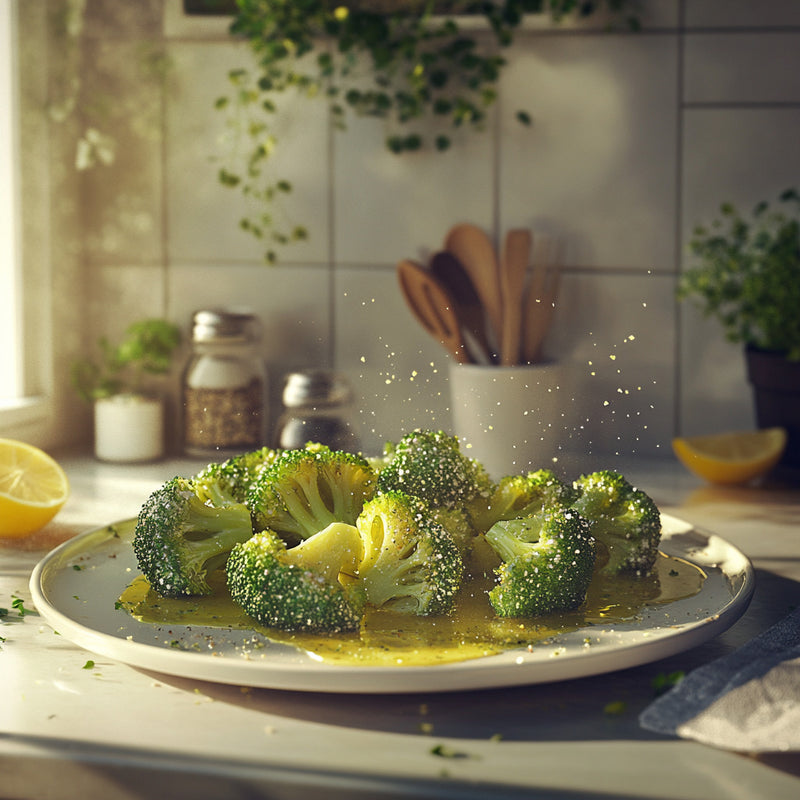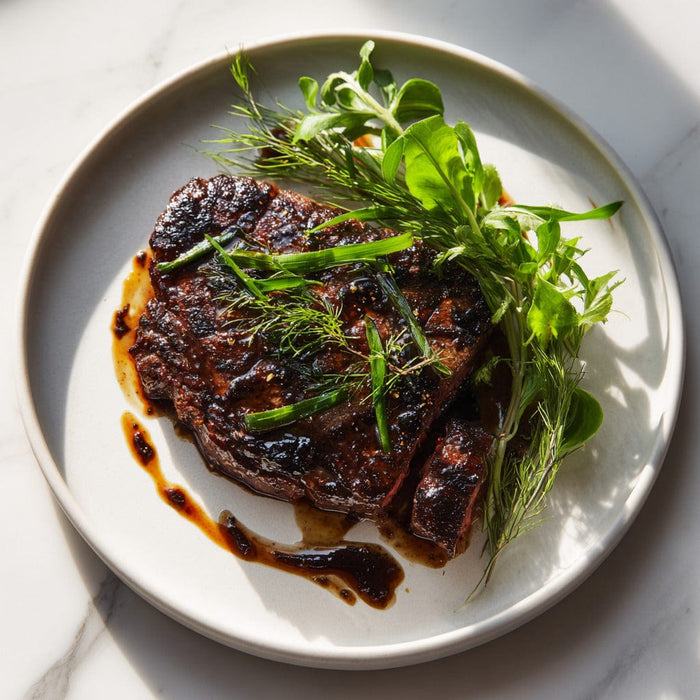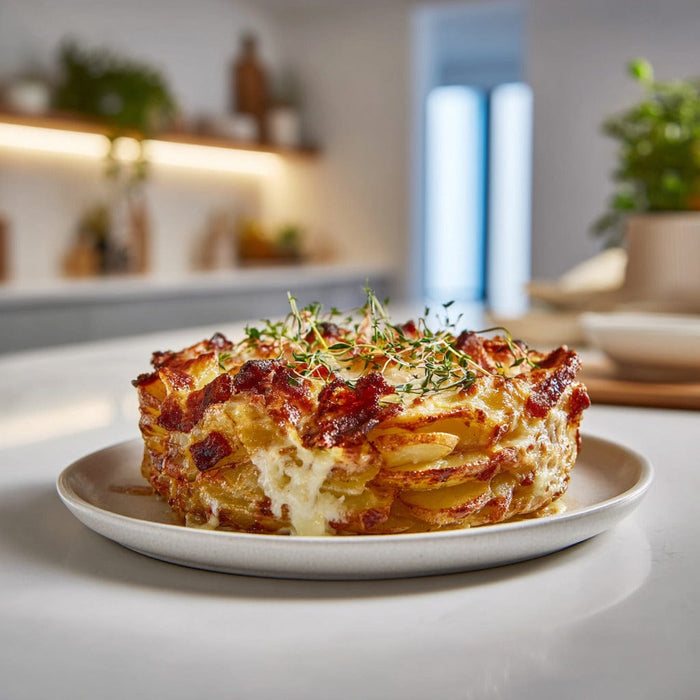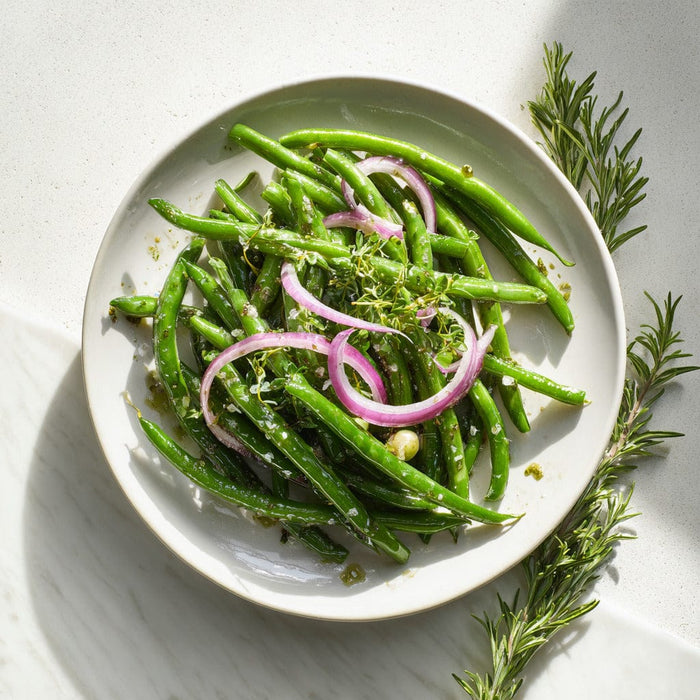
The Ultimate Guide to Cooking Broccoli: Insights from 3 Chefs on the Best Method
Broccoli, a nutrient-dense member of the cabbage family, is a fan-favorite vegetable for its versatility and health benefits. Packed with vitamins A, C, and K, plus calcium, iron, and potassium, broccoli can transform into a culinary delight with just a handful of ingredients. While preferences for preparation can vary, three expert chefs have unanimously agreed: blanching is the foundational step for perfectly cooked broccoli.
Why Blanch Broccoli?
Blanching is a quick technique where broccoli is either boiled in water or steamed for a short period and then “shocked” in an ice bath to halt the cooking process. This step is crucial because it preserves the vegetable’s vibrant green color, tender texture, and flavor. Chef Nathan Molina of Genesee Valley Store shares that he trims leaves, cuts the stems, separates the crowns into florets, and then blanches them in heavily salted boiling water for about one minute. Afterward, the blanched florets are cooled in an ice bath, dried, and reserved for later use.
Not only does blanching enhance the taste and texture of broccoli, but it also makes the vegetable versatile for meal prepping. Once blanched, broccoli can be stored airtight in the refrigerator for a day or frozen for longer periods, making it an excellent option for quick meals.
What to Do After Blanching?
Once the broccoli is prepped via blanching, the culinary possibilities are endless. Whether you choose to steam, roast, grill, or sauté, properly seasoning will bring out its full potential. Chef Jamie Simpson from The Culinary Vegetable Institute notes, “Cooking broccoli is optional since it can be enjoyed in multiple forms—grilled, steamed for a puree, or freshly shaved for salads.”
If you're craving roasted broccoli, here’s a simple personal favorite method:
- Cut blanched broccoli florets in half.
- Toss them in olive oil, kosher salt, and black pepper.
- Roast in a preheated oven at 400°F for 10 minutes.
- Sprinkle with aged sharp cheddar or fresh parmesan, then bake for another 1-2 minutes until the cheese melts.
- Add a squeeze of lemon juice and enjoy while hot.
For a brighter burst of flavor, always season with lemon juice after cooking. This enhances the dish’s natural sweetness and balances its bitterness.
Don’t Overlook the Broccoli Stems and Leaves!
If you’ve been discarding broccoli stems and leaves, you’re missing out on their culinary potential. According to chef Jimmy Vasquez, former sous chef at Zou Zou’s, the stems hold earthy, subtly sweet flavors and are nutrient-rich. They can be used in a myriad of dishes like:
- Creamy soups and hearty stews
- Shredded into slaws or salads
- Blended into pesto or hummus for an eco-friendly twist
Similarly, broccoli leaves, though slightly bitter, are perfect for quick sautés with minced garlic, olive oil, and finished with lemon juice for a zesty complement to any meal.
Why Chefs Prefer Blanching Before Cooking
The chefs agree that blanching serves as a crucial prep step. It boosts the flavor potential of broccoli and creates a canvas for various cooking methods—roasting, grilling, or steaming. Plus, this technique ensures the broccoli maintains its vibrant hue and optimal consistency.
Blanching is especially beneficial for meal preppers who want to cut down time during hectic weekdays. By blanching ahead of time and storing florets in the fridge or freezer, you can bring delicious, properly prepped broccoli straight into your dish effortlessly.
Key Takeaways:
- Blanch First: Whether you boil or steam, blanching ensures ideal flavor, texture, and color for further cooking.
- Explore Cooking Options: Post-blanching, broccoli is incredibly versatile—roast, grill, steam, or even enjoy it raw in salads.
- Never Waste the Stems or Leaves: Use the flavorful stems in soups, salads, or dips, and sauté the leaves for a crunchy side dish.
- Season Strategically: Always add salt during blanching and finish dishes with a dash of fresh lemon juice for brightness.
With these chef-approved techniques, broccoli transcends its reputation as a basic vegetable into culinary stardom. Whether you’re cooking for your family or prepping for busy workdays, incorporating blanching into your vegetable prep process will elevate your meals while maximizing broccoli’s vibrant flavors and nutrient-packed benefits!




